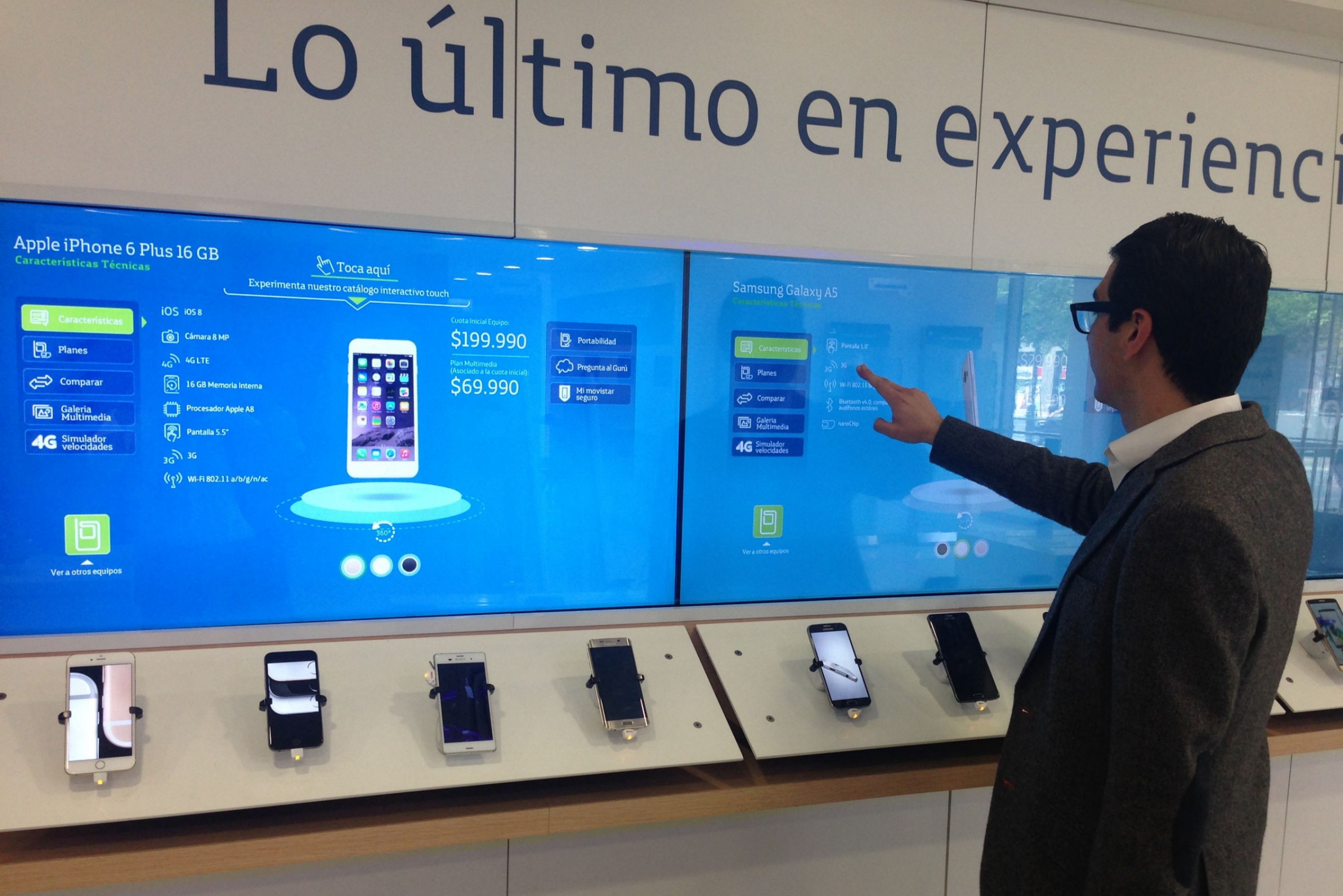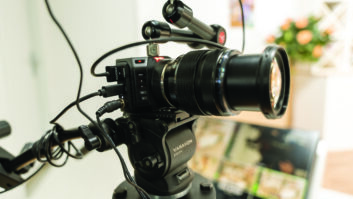
There is much more to creating a bigger touchscreen than simply cutting a larger piece of glass, says Zytronic technical director Andrew Morrison.
Touchscreen size is increasing in multi-player casino gaming tables, interactive exhibits in museums, multi-user design/architectural workstations, cataloguing and EPOS tables in retail outlets, car showrooms and bank branches; panels as large as 85in are becoming popular. The challenge is providing users with the touch experience offered by the latest smartphones and tablets but on a much larger screen and often in a much more demanding environment.
Projected capacitive technology (P-CAP) has captured the highest-volume touch categories of mobile phones and tablets, and manufacturers are now taking this technology to larger screens. To maintain touch performance in these larger sizes, they are improving speed, accuracy, electromagnetic interference (EMI) immunity and integration.
Faster speed and heightened accuracy
The area of a 16:9 format screen quadruples when the diagonal doubles. Delivering a great touch experience on screen sizes of 55-85in means increasing the number of touch detection electrodes. The advanced touch detection algorithms within the latest firmware double the number of touch detecting electrodes that can be supported to 256, compared with 128 for the standard multi-touch controller (aimed at screens up to 47in). As a result the capacitive sensing matrix within the touch sensor can be much denser, which in turn makes it possible to determine the positions of individual simultaneous touch events to far greater precision, even on the largest MPCT sensor-based touchscreens of 85in.
This gives touch controllers the capacity to support up to 40 simultaneous touch points with touch separation of less than 10mm between each point (less than the width of a fingertip). They can achieve this across the complete range of MPCT sensor sizes currently available.
To transmit this data to the host PC without visible lag or latency, the touch controller must possess substantial processing capabilities. The touchscreen often ends up with as powerful a processor as the system itself – ARM 32-bit Cortex processors are popular. Thanks to careful design of the firmware, the additional data that needs to be captured to achieve this level of performance on a large screen can still be gathered, processed and output to the host PC in less than 5ms.
Improved immunity to EMI
EMI is an issue for touchscreen systems in a wide variety of commercial applications. For example, self-service kiosks such as ticket and vending machines located in train stations will be subjected to surges in EMI as trains pass.
Major improvements to the electronic design and touch detection firmware employed by the touch controller are needed in these circumstances to ensure that signal integrity is maintained. P-CAP touch technologies have an X-Y matrix of micro-fine electrodes, embedded within a laminated glass substrate, and use frequency modulation to detect minute capacitance changes within the conductive electrodes. One way to combat EMI is to implement a ‘smart’ frequency-scanning function in the touch controller. The operating frequency moves dynamically between 0.7MHz and 2.2MHz to avoid detected environmental ‘noise’ that would otherwise prevent the detection of touch events.
Greater integration
Even though touch kiosks can be quite large units, there is often surprisingly little space available behind the screen, given the demands of aesthetics and the other elements that sometimes need to be incorporated in the unit. There is a clear advantage if the footprint of the touch controller can be kept to a minimum. Reducing the PCB size is therefore important, as is making available the controller as a chipset offering, so that designers can consider embedding the touch controller onto an existing system motherboard.
High sensitivity
Fundamentally, the key attribute of P-CAP touch technologies such as PCT and MCPT is its high sensitivity. It can detect a touch through very thick overlays, protective glass and even heavily gloved hands and therefore has an unsurpassed level of Z-axis sensitivity and control. Coupled with a well-designed touch controller it can offer a reliable and intuitive touch experience, responding precisely to up to 40 touches, recognising gestures and rejecting unintentional contact. The continued improvement in P-CAP controller ICs coupled with sensor developments using printable conductive inks and nano-materials are likely to extend the capability and use of this versatile touch technology family further still.







